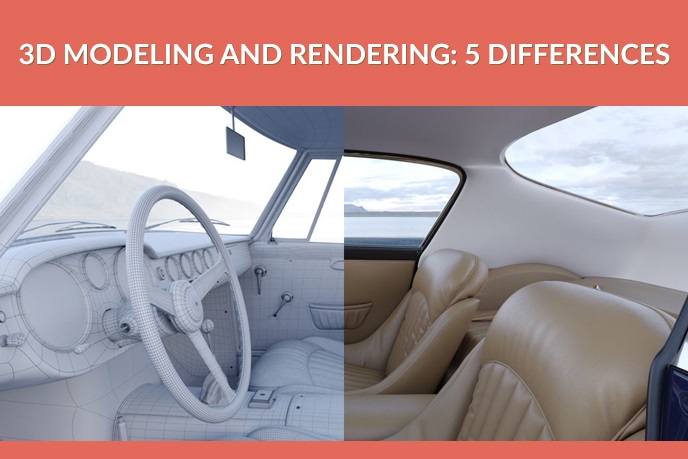
Architecture isn't just about putting up walls and roofs – it's about crafting spaces that speak to our souls and tell stories through stone, steel, and glass. When we talk about rendering meaning in architecture, we're diving into how buildings can communicate ideas, emotions, and cultural values while shaping human experiences in profound ways.
The Language of Form and Space
Buildings speak to us through their shapes, proportions, and spatial relationships. Take Frank Lloyd Wright's Fallingwater – its dramatic cantilevers don't just defy gravity; they express harmony with nature and human aspiration. Modern architects are pushing these boundaries further, using parametric design to create forms that respond to environmental and social needs while conveying deeper meanings about our relationship with technology and nature.
Contemporary examples showcase how rendering meaning in architecture has evolved beyond simple symbolism. The dancing curves of Zaha Hadid's buildings suggest fluid movement and challenge our perceptions of what architecture can be. These forms aren't arbitrary – they're carefully crafted expressions of cultural shifts and technological possibilities.
Cultural Context and Symbolic Expression
Architecture has always been a mirror reflecting society's values and beliefs. The soaring spires of Gothic cathedrals weren't just structural choices – they embodied medieval spirituality and the human desire to reach heavenward. Today's sustainable buildings express our growing environmental consciousness, while adaptive reuse projects speak to the value we place on heritage and memory.
Let's look at how different cultures approach architectural meaning:
- Japanese architecture emphasizes transience and connection to nature
- Islamic architecture uses geometric patterns to express divine order
- Contemporary African architecture blends traditional symbolism with modern needs
These interpretations show how rendering meaning in architecture varies across cultures while addressing universal human needs for shelter, community, and expression.
Experience and Perception
The way we experience architecture goes beyond visual impact – it's multi-sensory and deeply personal. Light filtering through carefully placed windows, the echo of footsteps in a grand hall, the texture of materials under our fingers – these elements create an emotional dialogue between building and occupant.
Successful architects understand that meaning emerges from this lived experience. They design spaces that:
- Guide movement and create moments of discovery
- Balance privacy and connection
- Respond to human scale and behavioral patterns
- Evoke specific emotional responses through material and spatial choices
Future Trajectories and Innovation
As technology reshapes our world, the challenge of rendering meaning in architecture takes on new dimensions. Virtual and augmented reality are blurring the lines between physical and digital space. Smart buildings are becoming more responsive to human needs, while sustainable design practices are redefining our relationship with the built environment.
Innovative approaches include:
- Biophilic design that strengthens our connection to nature
- Interactive facades that respond to environmental conditions
- Spaces that adapt to changing social needs
- Integration of digital interfaces with physical architecture
These developments aren't just technical advances – they're new ways of expressing meaning through built form, responding to contemporary challenges while honoring architecture's timeless role as a bearer of cultural significance and human experience.

Какво мислите?
Тази тема е затворена.
Не можете да добавяте коментари към нея.